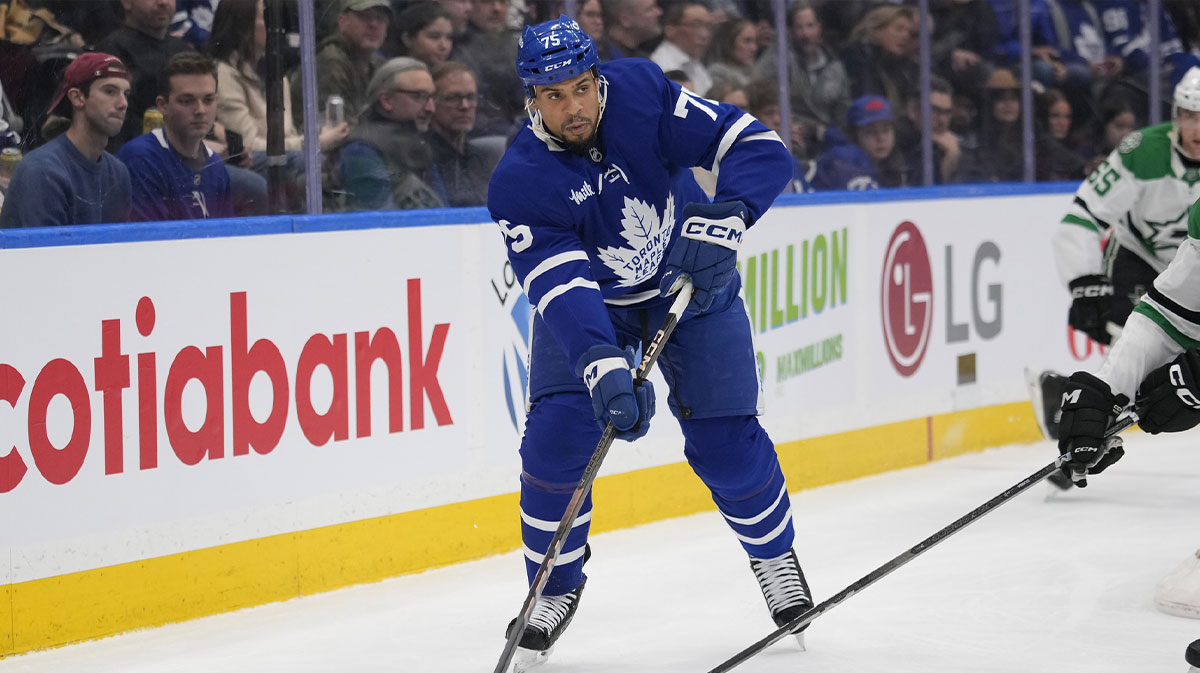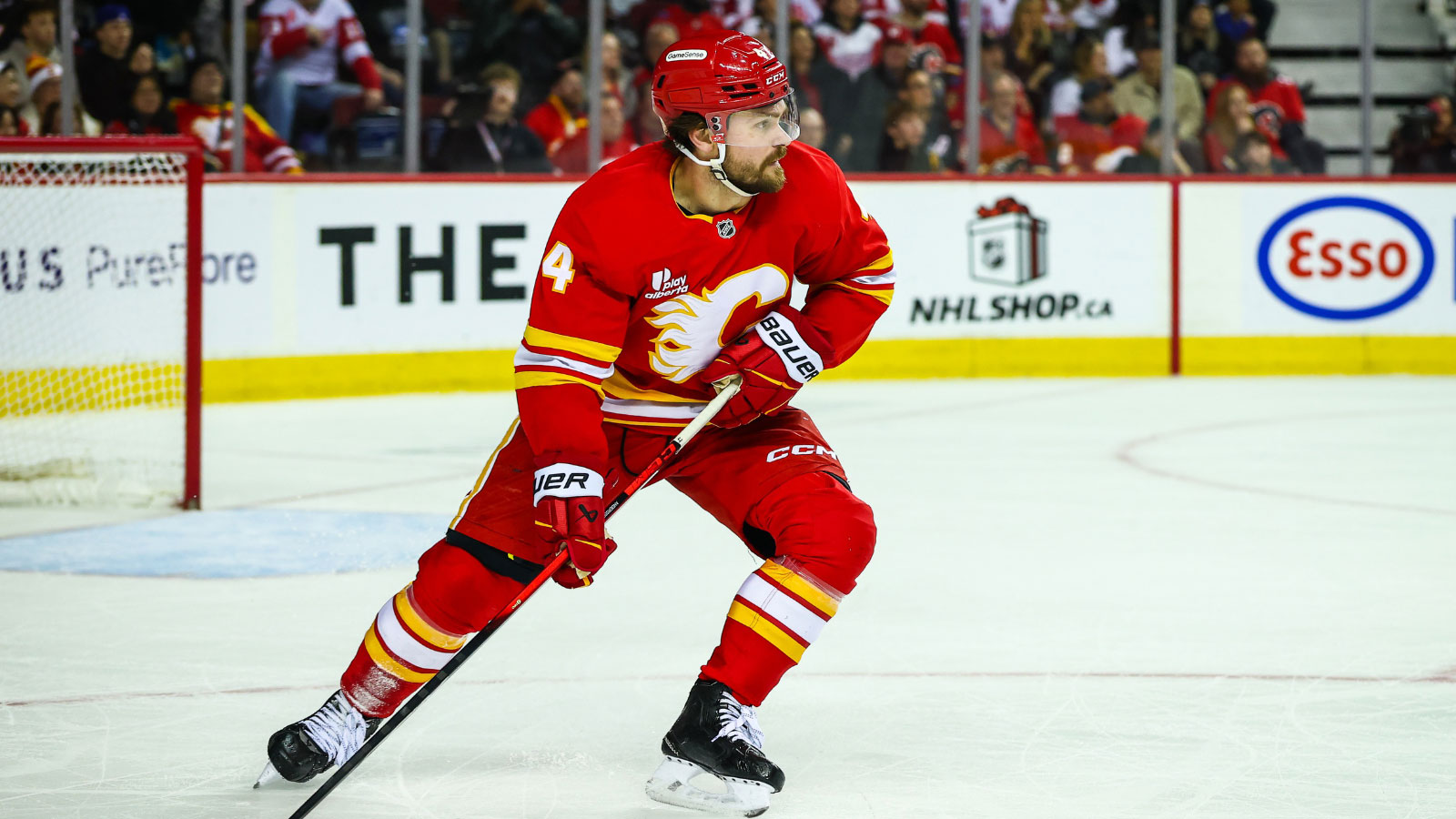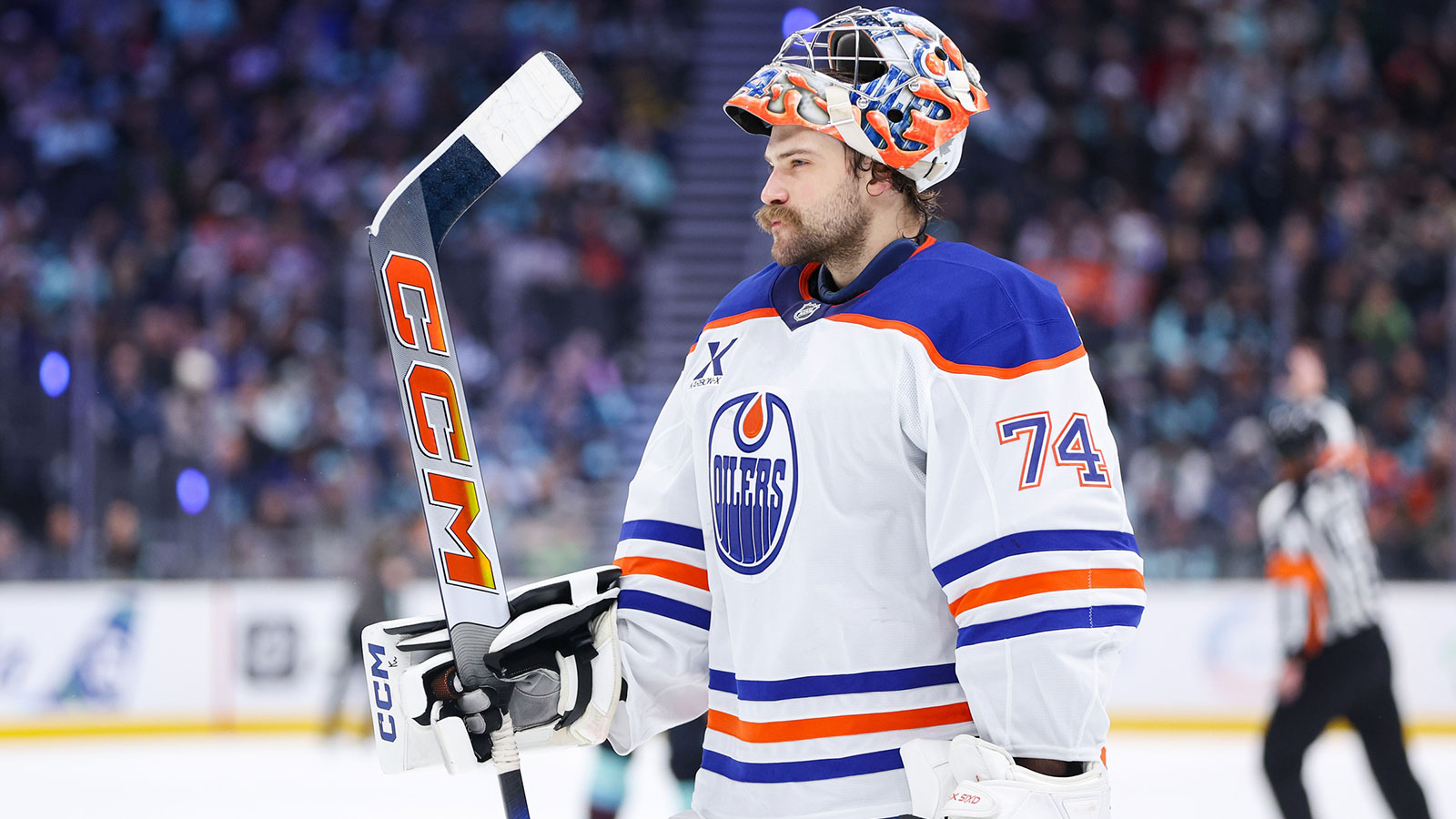The Toronto Maple Leafs traded Ryan Reaves to the San Jose Sharks on Thursday, in exchange for Henry Thrun.
Reaves is 38 years old, and has played over 900 NHL games across 15 years. The forward has spent the last two seasons with the Maple Leafs, and has one year remaining on his contract, at $1.35 million.
Thrun, on the other hand, is a 24-year-old left-handed defenseman. Thrun has spent the last two seasons with the Sharks, since making the jump to professional hockey from the NCAA. He has one year remaining on his contract at a $1 million cap hit.
Below is a look at what each team is getting with the trade.
Why the Maple Leafs moved Ryan Reaves
Signed in 2023, Reaves was brought to Toronto to help add some physicality and toughness down the lineup. While he won't provide any offense, Reaves is a hard-hitting, fourth-line forward who adds an intimidation factor.
With the Maple Leafs though, Reaves struggled to be a consistent member of the lineup. The forward played just 84 games with the team over his time in Toronto and ended up on waivers last season. As a result, he wasn't likely to factor into the team's plans heading into the 2025-26 season.
With Reaves unlikely to crack the lineup, there was a good chance he was going to end up in the AHL this season. However, his cap hit was too high to bury, meaning the Maple Leafs would still have a bit of it counted towards the salary cap regardless. In trading Reaves, the Maple Leafs shed a bit of salary, and part with a forward who wasn't likely to have much of a role this season.
How Ryan Reaves helps the Sharks
While Reaves may not have factored into the Maple Leafs' plans, he could get a better opportunity in San Jose. Whereas the Maple Leafs are still trying to contend, the Sharks are clearly building for the future.
While the Sharks are putting the pieces together to be a powerhouse down the road, they're still a very young team. With the likes of Macklin Celebrini, William Eklund and Will Smith leading the way, adding Reaves gives the team's young stars a bit of protection.
Plus, the Sharks aren't really concerned about salary cap implications at this point. In fact, the focus is more so on making sure they reach the cap floor than the cap ceiling. So Reaves' $1.35M cap hit really doesn't have any negative consequences.
As it stands, the Sharks' bottom-six also wasn't poised to create much offense anyways. Bringing Reaves into the lineup doesn't necessarily take away much in the form of scratching someone else.
Ultimately, if Reaves can make the Sharks a bit tougher to play against, then he'll have done his job in San Jose.
Why the Sharks moved Henry Thrun
On the surface, this trade could be a bit of a head-scratcher for the Sharks. They're parting with a 24-year-old defender with some upside for a fourth-line, 38-year-old forward who won't produce.
At the same time, like Reaves in Toronto, Thrun likely didn't factor into his team's plans. He's gotten an opportunity to solidify a spot for himself in San Jose over the last couple seasons, but the results were mixed. Thrun didn't necessarily take major offensive steps and couldn't establish a big role on a weak blue line.
This offseason, the Sharks brought in some veterans. The team signed Dmitry Orlov and John Klingberg, and then claimed Nick Leddy off waivers. Meanwhile, Mario Ferraro and Timothy Liljegren will also return, taking two of the remaining spots on the blue line, and Vincent Desharnais remains under contract.
Plus, the Sharks have several other young defensemen who will be looking for a larger role. Jack Thompson and Shakir Mukhamadullin both played 30 games with the Sharks last season, and will be vying for regular playing time. Sam Dickinson also likely isn't far off from making the jump to the NHL.
So while Thrun certainly has more upside than Reaves, he wasn't likely to get much of a role in San Jose.
How Henry Thrun helps the Maple Leafs
The Maple Leafs' blue line is already set, but Thrun can act as a seventh or eighth defender. Plus, at just 24 years old, there's the chance he can still grow his game. While it seems less likely that he'll be an impact defender, if there's an injury on the blue line, he could potentially get an opportunity.
On the flip side, he comes with a slightly cheaper cap hit. At just $1 million, it's a bit lower than Reaves' number and Thrun is a more likely bet to take a roster spot than Reaves would have been.
Plus, if Thrun ends up not factoring into the team's NHL roster, the Maple Leafs would be able to bury the full cap hit. As a result, both from an upside and salary basis, the deal makes sense for the team.
Trade Grades
While neither team is getting substantial value from the trade, it's a move that works for both sides.
For the Sharks, they get a player in Reaves who can add a different element to their forward group. He won't factor in long-term, but can help to protect to Sharks' young stars.
San Jose Sharks Grade: B
For the Maple Leafs, they move on from a player who likely wouldn't have cracked the roster. Meanwhile, they get back a cheaper, younger defender who could still possibly grow his game in the coming years.
Toronto Maple Leafs Grade: B+



















